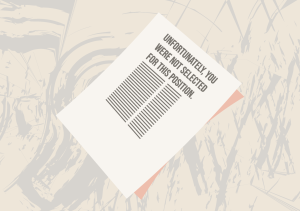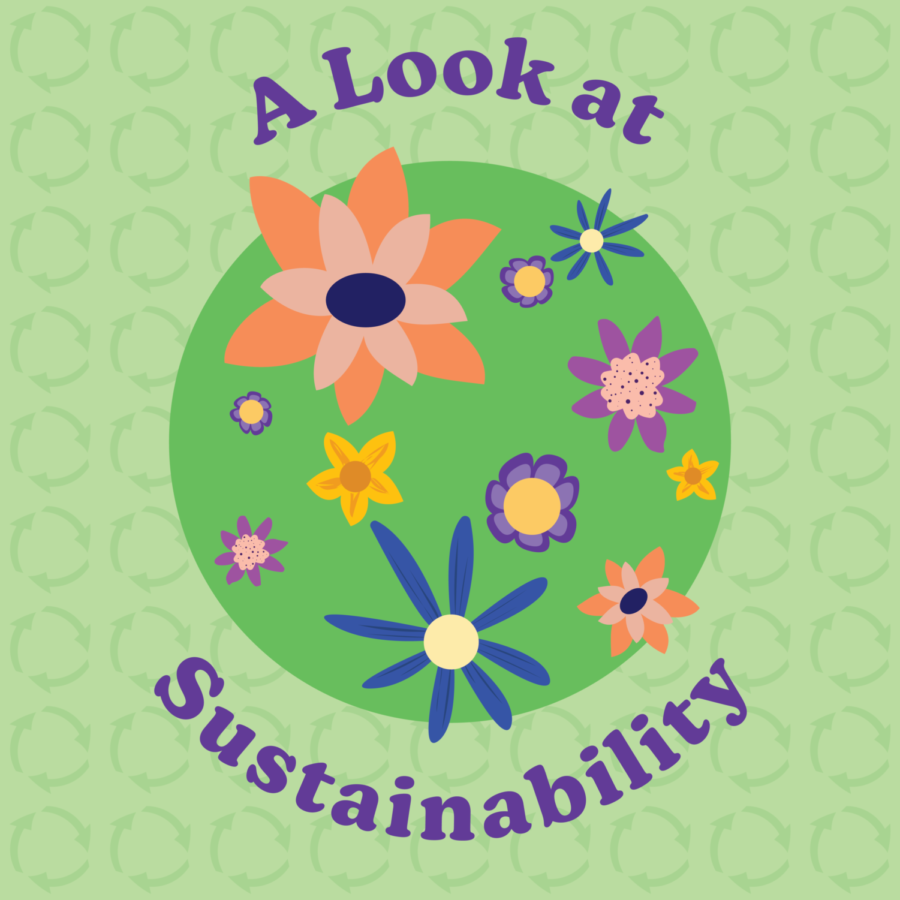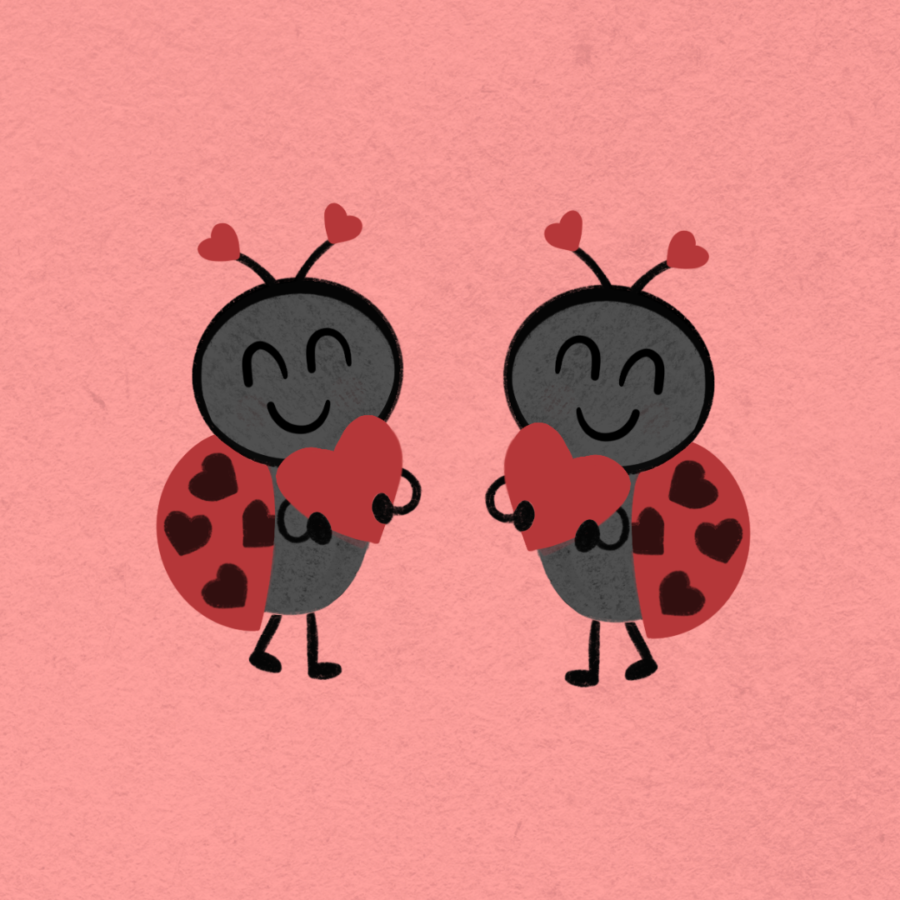A Look at Sustainable Foods
April 14, 2023
Stained (and therefore unrecyclable) pizza boxes, gum wrappers, and single-serve chip bags. Most of the trash that I produce on a daily basis, and I assume that many other college students are in the same boat, has to do with food.
However, the whole environmental impact of any single food item extends much further beyond the packaging in which it arrives. Any food product that I consume, unless it is USDA certified organic, was likely grown with the use of pesticides and massive amounts of artificially-made fertilizers.
It is common for large farms to utilize air-borne spraying of both fertilizers and pesticides, usually resulting in their overapplication to many agricultural landscapes. Most often, any excess is easily washed away into nearby bodies of water.
Harmful Algal Blooms (HABs) are a big topic in agriculture because they are caused by excessive nutrients entering waterways from runoff fertilizers. The closest example to Kent, Ohio is in Lake Erie. Here, the blooms can close beaches, increase the cost of nearby municipal water treatment, and harm wildlife.
Pesticides, on the other hand, are specifically designed to kill living organisms. Many common crops have genetically modified genes (GMOs) that are resistant to certain types of pesticides. The crops are often coated with the pesticide to eliminate competitor weeds or damage-causing insects.
It is important to note that the EPA continuously regulates pesticide levels. They determine and mandate strict safety codes surrounding pesticides.
According to their website, if there is any residue remaining after the produce is picked, packaged, transported, and cooked, it is very miniscule and non-harmful. With this being said, I think it is still a good bet to wash any fruits and vegetables before eating them.
Personally, I use a salt water bath to wash all of my produce.
Another important consideration when it comes to food is its, often very mysterious, origins.
When I walk into a grocery store, I am met with a seemingly unlimited amount of choices. Peanut butter crackers or granola bars? And then, which brand should I choose?
When I flip over those packages for a quick comparison, I am more often than not met with strikingly similar ingredients: HIGH FRUCTOSE CORN SYRUP, SOY LECITHIN.
Soy and corn crops are essential ingredients for a considerable portion of highly processed foods. However, these ingredients are often hidden behind long-winded, unrecognizable names.
Corn and soy also happen to be monoculture crops. These crops are often grown year after year on gargantuan plots of land, are farmed with enormous tractors, use massive amounts of water, and heavily rely on pesticides and fertilizers.
Economically speaking, this type of farming is very cost-effective and produces staggeringly large yields (necessary to feed a growing 8 Billion people worldwide).
These same farms, however, can be very environmentally costly and unsustainable in the long haul. The biggest problems with monoculture are the depletion of nutrients in the soil, excessive use of fertilizers (and their subsequent runoff), and its impact in reducing biodiversity.
My point is not that monoculture crops are inherently bad or should be avoided. It is more so that any food choice will come with its pros and cons.
I believe that it is important to understand both sides in order to make a fully informed decision about what is best for a person’s individual values and lifestyle constraints.
Now, back to the grocery store. Usually, I find most of the processed goods in the middle of the grocery store. Most of the dairy, produce, and meat products (those that need refrigeration) are found on the store’s perimeter.
For my last point, I want to focus on meat. In my current class, Sociology of Food, I am learning about the meat industry and its expansive growth during the 1900s.
Just like other types of food, meat is packaged and perhaps branded. It may or may not include multiple ingredients or certain additives.
One thing that surprised me the most about meats is that just like most processed products, much of the variety I see in the store is artificial.
According to the Washington Post, four food companies control roughly 85 % of the beef market, two companies control around 40 % of the poultry market, and four companies control about 70 % of the pork production.
It is important to note not only what food comes in, but where it originally came from as a consumer. Again I will emphasize, this information is not meant to condemn a certain type of food but to help one make more educated decisions about one’s diet.
Important takeaways: The seemingly endless “options” in a grocery store are often produced using the same products (corn and soy) and sold by the same parent companies (although usually under different brands). It is important to check ingredients to understand what one consumes and where it comes from.
I encourage readers to perform some quick Google searches to learn more about this topic. Keywords such as “monoculture”, “pesticides”, “fertilizer”, and “benefits and drawbacks” may be helpful. It is very interesting to learn more and, in my humble opinion, very pertinent to everyday life.




















